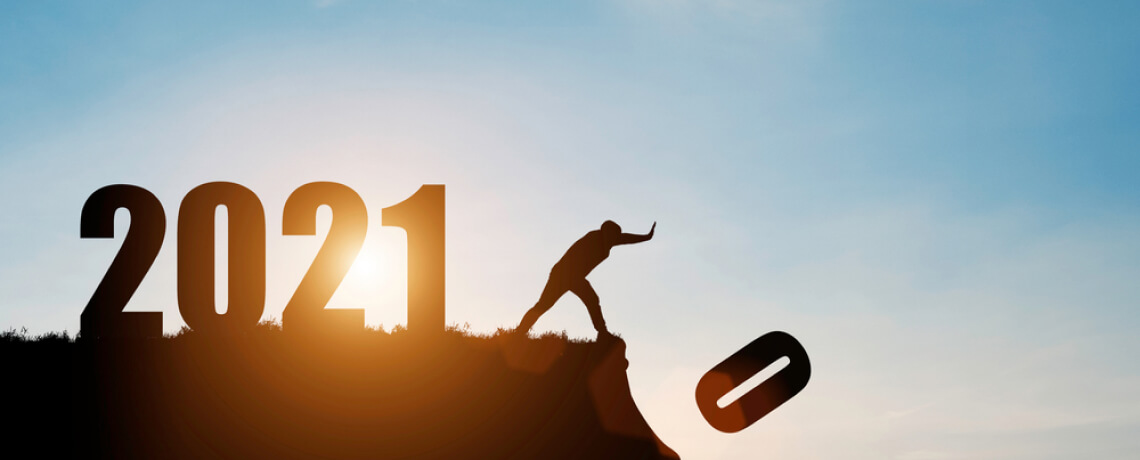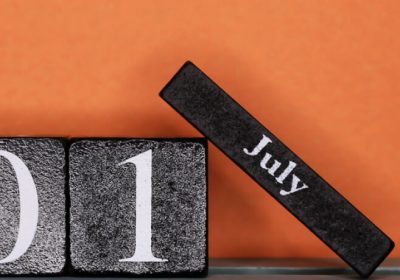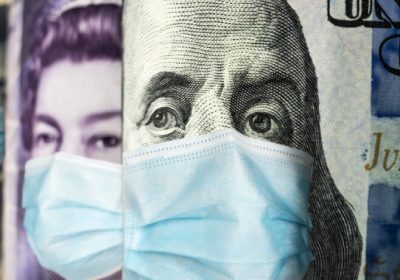
- Author: Stephen Koukoulas, Chief Economist
- Posted: December 14, 2020
While Issues Remain, 2021 is Looking Strong for the Australian Economy
By Chief Economist, Stephen Koukoulas
The Australian economy has ended 2020 in significantly better shape than was assumed in the middle of the year.
The recovery from what was a very short and very sharp recession is still in its infancy, but the rebound in economic activity and employment has already been robust. The partial indicators including consumer sentiment and business confidence point to more upside momentum in the next few months which should carry into the first half of 2021.
In simple terms, the COVID-19 lockdown drove the recession; the opening up of the economy, as COVID-19 is contained domestically, is driving the recovery.
There remain some concerns for the economy as a result of the COVID-19 recession, unfolding events in the global economy and tensions with China. That said, the better local news is being driven domestically with the easing of domestic travel restrictions, the relaxation of localised lock downs and the aggressive fiscal and monetary policy stimulus.
GDP growth slumped 7.3 per cent in the first half of 2020, but rose 3.3 per cent in the September quarter. A similar GDP gain is likely in the December quarter as the economy continues to open up and it is now likely that GDP will return to the pre-COVID-19 levels by the middle of 2021. March quarter 2021 GDP is also set to be buoyed by further consumer spending and resilient commodity prices, particularly for iron ore.
Consumers
Consumers, in particular, are well placed to drive the recovery. This is in large part because of the ‘relief’ spending from consumers.
Household savings are at near record highs which gives consumers cash to spend as confidence rises; wealth is rising with house and stock prices lifting after the dip in early 2020; and despite weak wages growth, a lift in employment and hours worked will see overall household incomes rise.
Low interest rates are also helping consumers, with mortgage holders seeing a sharp fall in their interest costs which in aggregate is more than offsetting the loss of interest income for savers.
Credit and debit card spending data compiled by the major banks shows a further strong rise in spending into early December, a trend reinforced by a lift in consumer sentiment which rose to a decade high in December.
House prices and housing construction
The housing market is being heavily influenced by record low interest rates. House prices have risen since September 2020 and solid auction clearance rates in the big cities points to further moderate price gains in the next few months.
While the RBA has signalled that interest rates will remain at current levels just above zero per cent “for at least three years”, it would be premature to suggest house prices are starting on a longer run surge.
Headwinds to housing more broadly and house prices in particular, is from weak population growth, driven by near zero immigration, and poor returns for investors. Net immigration in 2020 is likely to be at its lowest level in 100 years.
Over the medium term (at least several years), supply and demand factors are shown to be the major driver of house prices. For 2021 and into 2022, underlying demand for housing will be weak. The COVID-19 related international border closures will see new net demand for housing to drop to near zero while ever those closures are in place.
At the same time, dwelling construction remains solid, despite the dip in new dwelling building approvals in the first half of 2020. New construction is adding more to supply than will be absorbed from population growth drive demand.
In simple terms, housing in 2021 is likely to be characterised by weak underlying demand relative to solid growth in supply.
Investor demand is also likely to be patchy, in part because dwelling rents (the rental yield) is low and the level of the interest tax deduction is low because of the current interest rate settings. It is less attractive to negative gear in these circumstances.
After the small rises in the second half of 2020, house prices are likely to consolidate in 2021.
Business investment
Private sector business investment has been hit hard in the COVID-19 recession. Business investment has fallen 8.3 per cent since the end of 2019 from what was a low starting point in previous years. The current weakness is understandable given empty planes, shopping centres and office blocks.
According to what is now a solid degree of optimism in the NAB Business Survey, business are poised to ramp up their investment spending as the economy reopens. Business investment in IT systems rather than other physical assets continues to be the focus of the outlook. A moderate overall rise in Capex is likely in 2021.
For some areas of business investment, construction for example, further weakness is likely, but this will be offset by strength in mining, agriculture and equipment spending.
The labour market remains a focus for policy makers and indeed, most economists. The RBA has signalled it will not hike interest rates until the unemployment rate is on track to reach full employment (around 4.5 per cent) while Treasurer Josh Frydenberg has said that any repair to the budget will not commence until the unemployment rate has dipped below 6 per cent.
Gains in employment and incomes are vital to underpin a pick up in activity.
Recent trends have been encouraging with a solid rebound in employment and aggregate hours worked from the low point in early 2020, while the unemployment rate appears to have peaked around 7 per cent with underemployment falling back to around 10 per cent.
To be sure, the labour market is still dislocated and the policy maker’s goal of full employment is some time away.
But as the economy opens and businesses rebuild their businesses, it is likely that by the early months of 2021 employment will have returned to pre-COVID-19 levels, well ahead of the forecasts from six months ago. If the economy continues to expand beyond that, as it should, the unemployment rate will be on track to fall towards 5 per cent in late 2021 or early 2022. Only then will there be some upside to wages growth which at the moment is tracking at record lows.
The inflation outlook is a sleeper issue for the next two years. Inflation has been below the bottom of the RBA target for 5 years and the recession has further dampened those pressures. The RBA and Treasury, amid an overwhelming consensus of economists, are forecasting inflation to remain at or below the bottom of the target band for at least the next two years.
This forecast is reasonable but is subject to risk to the upside as the economy bounces back and some form of pricing power returns to the business sector.
As the economy improves, inflation pressures will build from the historically low base in 2020 and as the recent lift in global commodity prices permeates into the local cost structure, inflation may yet be higher than currently forecast.
With the economic improvement unfolding, the upside risks to inflation would call into question the current forward guidance of the RBA, where it has signalled it “will” not be hiking interest rates for at least 3 years.
Downside risks
This relatively favourable view of the economy is heavily predicated on COVID-19 being well contained domestically and for a vaccination to allow the global economy to open up progressively during 2021.
Any stumble on these issues would quickly see the recovery falter.
There are other risks to Australia, not least the trade tensions with China. Political tensions have spilt over to trade concerns with China imposing a series of trade and import restrictions against a range of Australian goods and services.
At this stage, the overall macroeconomic effect of the trade tensions is relatively small – noting that for specific businesses and sectors the impact is more extreme – but the issue risks spilling over to other important exports.
With China taking well over one-third of Australian exports, any further escalation in this dispute could undermine the Australian economic recovery just when it appears to be gaining momentum.
There is also some risk from an early withdrawal of fiscal policy stimulus which on the latest budget numbers is for a record 17.5 per cent fall in real government spending in 2021-22. This is mainly due to the scheduled ending of JobKeeper payments and the scaling pay of the JobSeeker supplement. This will partly undermine the growth outlook, but at this stage, appears a necessary wind-back of the stimulus measures as the private sector recovers.
A better 2021
All up, the economy is set to register a solid recovery driven by domestic economic activity. Consumer demand will be the mainstay of the recovery which will be aided by a long awaiting turn in business investment.
This should see a further recovery in the labour market although full employment, even on an optimistic take, is 18 months to 2 years away.
Inflation is set to rise from a low base and will warrant close watching.








